Discussion: Additionality Studio
While acknowledging the differing uses of the term additionality, the Project Frame community came together on Sept. 28, 2022, for a discussion with the objective of reaching a consensus around best practices for the term’s usage.
Project Frame is a collaboration of investors focused on supporting solutions that mitigate climate change, looking to build frameworks and tools to assess potential greenhouse gas (GHG) emissions impact. As of September 2022, the Project Frame community consists of 200 members across five continents, representing 80 venture capital and private equity investors who have raised around $40 billion in investment capital dedicated to climate.
The key takeaways from the discussion, featuring OGCI Climate Investments’s Chief Strategy Officer, Matthew Harwood, and Prime Coalition’s Director of Partnerships, Maggie Cutts, are as follows.
Clarify Your Working Definition of Additionality
Confusion around the term additionality is created as the term is applied differently by a wide array of entities.
For example, additionality is used both in relation to carbon markets as part of the GHG Protocol and to meet regulatory requirements in some countries, whereas investors supporting climate solutions may use the term in reference to compliance or potential impact enabled.
To prevent confusion, it is critical to explain one’s interpretation of additionality before applying it to one’s work, whether at the firm level or as a part of due diligence on an investment.
Additionality vs. Added Value
Rather than using the term additionality to articulate your firm’s enhancing contribution to an investment or company, it is recommended to use the term added value or value add. These terms more accurately describe the contributions being made, in terms of knowledge sharing or network-building, for example.
Additionality in Forward-Looking Emissions Assessments
While the working definition of additionality depends on its user’s objectives, for the purpose of assessing forward-looking greenhouse gas (GHG) emissions, Project Frame recommends the following interpretation:
“The degree to which a proposed climate solution causes GHG impact that would not have otherwise happened in a no-intervention baseline scenario. By definition, this counterfactual baseline scenario cannot be directly observed because it did not happen, so it can only be estimated or inferred based on contextual information.”
Want to get involved in establishing best practices for climate solutions investing? Sign up for the Project Frame newsletter.
